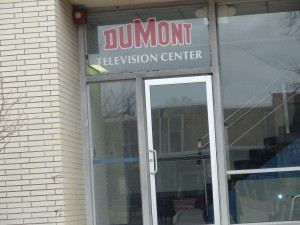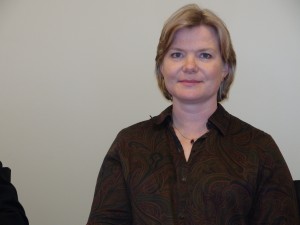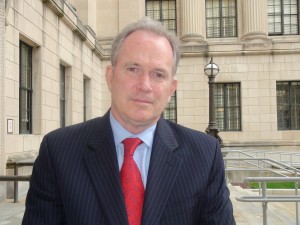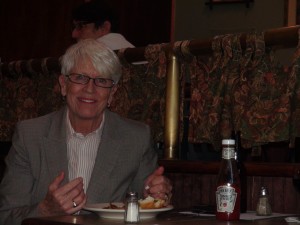LAS VEGAS — (BUSINESS WIRE) — Wynn Resorts, Limited (NASDAQ: WYNN) (“Wynn Resorts”) and Austerlitz Acquisition Corporation I (NYSE: AUS.U) (“Austerlitz I”) today announced that the companies have mutually agreed to terminate their previously announced agreement and plan of merger, which contemplated the combination of Austerlitz I and Wynn Interactive Ltd. (“Wynn Interactive”), a subsidiary of Wynn Resorts. The termination is effective immediately.
Craig Billings, CEO of Wynn Interactive, stated, “With our continued roll out of product features and planned new state launches, including New York, we remain excited about WynnBET’s future. As we discussed on the Wynn Resorts, Limited third quarter earnings conference call earlier this week, in light of elevated marketing and promotional spend in the sports betting industry, we are pivoting our user acquisition efforts to a more targeted ROI-focused strategy. In so doing, we expect the capital intensity of the business to decline meaningfully beginning in the first quarter of 2022. WynnBET’s best days lie ahead of us.”
About Wynn Resorts
Wynn Resorts, Limited is traded on the Nasdaq Global Select Market under the ticker symbol WYNN and is part of the S&P 500 Index. Wynn Resorts owns and operates Wynn Las Vegas (wynnlasvegas.com), Encore Boston Harbor (encorebostonharbor.com), Wynn Macau (wynnmacau.com), and Wynn Palace, Cotai (wynnpalace.com).
Wynn and Encore Las Vegas feature two luxury hotel towers with a total of 4,748 spacious hotel rooms, suites and villas, approximately 194,000 square feet of casino space, 22 dining experiences featuring signature chefs and 11 bars, two award-winning spas, approximately 560,000 rentable square feet of meeting and convention space, approximately 160,000 square feet of retail space as well as two showrooms, two nightclubs, a beach club and recreation and leisure facilities. Wynn Las Vegas also operates the recently redesigned Wynn Golf Club and 18-hole, 129-acre championship golf course, and a 430,000-square-foot meeting and convention space expansion powered by 100 percent renewable energy.
Encore Boston Harbor is a luxury resort destination featuring a 210,000 square foot casino, 671 hotel rooms, an ultra-premium spa, specialty retail, 16 dining and lounge venues, and approximately 71,000 square feet of state-of-the-art ballroom and meeting spaces. Situated on the waterfront along the Mystic River in Everett, Massachusetts, the resort has created a six-acre public park and Harborwalk along the shoreline. It is the largest private, single-phase development in the history of the Commonwealth of Massachusetts.
Wynn Macau is a luxury hotel and casino resort located in the Macau Special Administrative Region of the People’s Republic of China with two luxury hotel towers with a total of 1,010 spacious rooms and suites, approximately 252,000 square feet of casino space, 12 food and beverage outlets, approximately 31,000 square feet of meeting and convention space, approximately 59,000 square feet of retail space, and recreation and leisure facilities including two opulent spas, a salon and a rotunda show.
Wynn Palace is a luxury integrated resort in Macau. Designed as a floral-themed destination, it boasts 1,706 exquisite rooms, suites and villas, approximately 424,000 square feet of casino space, 14 food and beverage outlets, approximately 37,000 square feet of meeting and convention space, approximately 106,000 square feet of designer retail, SkyCabs that traverse an eight-acre Performance Lake, an extensive collection of rare art, a lush spa, salon and recreation and leisure facilities.
About Wynn Interactive
Wynn Interactive is the online gaming division of Wynn Resorts, Ltd. (Nasdaq: WYNN) offering a world-class collection of casino and sports betting mobile options for discerning players who understand the difference between placing a bet and experiencing a bet. Wynn Interactive products, which operate under the WynnBET, WynnSLOTS, and BetBull brands, are designed to digitally deliver the legendary service and guest experience Wynn Resorts is known for, backed by the Company’s trusted legacy as the world’s premier international casino operator.
WynnBET is anchored by its eponymous mobile sports and casino betting app providing one-of-a-kind experiences, unique social betting mechanics, and a high-quality user interface. Currently available in Arizona, Colorado, Indiana, Michigan, New Jersey, Tennessee and Virginia, WynnBET is poised for rapid expansion with several pending license applications in process. WynnBET is an Approved Sportsbook Operator of the NFL, an Authorized Gaming Operator of NASCAR, MLB and NBA, and proud marketing partner of several NFL, NBA and MLB teams. For more information, visit www.wynninteractive.com or www.WynnBET.com.
About Austerlitz Acquisition Corporation I
Austerlitz Acquisition Corporation I is a newly incorporated blank check company whose business purpose is to effect a merger, capital stock exchange, asset acquisition, stock purchase, reorganization or similar business combination with one or more businesses or entities. For more information, please visit https://investor.austerlitz1.com/.
SOURCES:
Wynn Resorts, Limited and Austerlitz Acquisition Corporation I
Contacts
For inquiries regarding Wynn Resorts and Wynn Interactive:
Investors
Vincent Zahn, Senior Vice President and Treasurer
702-770-7555
investorrelations@wynnresorts.com
Media
Michael Weaver, Chief Communications Officer
702-770-7777
michael.weaver@wynnlasvegas.com
For inquiries regarding Austerlitz Acquisition Corporation I:
Jamie Lillis
Solebury Trout
203-428-3223














